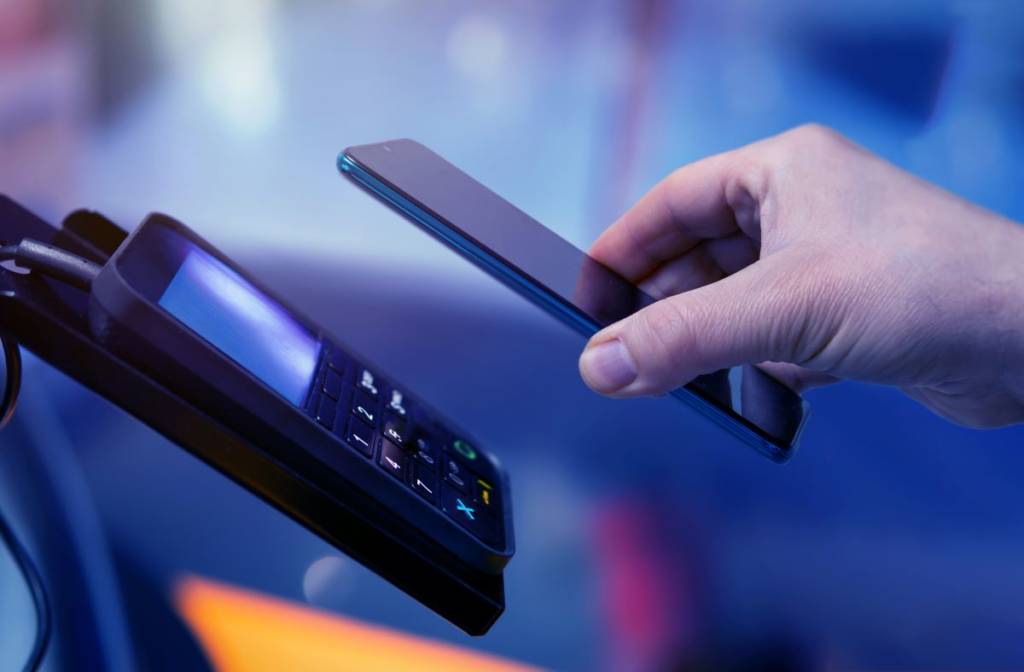It’s the interoperability of UPI – bank to bank, social media to social media – that makes this the most promising real-time payments system in the world, and one that other countries are watching closely.
However, to maximize the value found within India’s digital payments transformation, organizations need to consider the key growth drivers, how to protect consumers against emerging fraud threats, and how payment methods need to satisfy consumers and businesses alike.
How fintechs are driving the UPI opportunity
If you think about the growth of UPI over the past year, a lot has been driven by improved ease of use, which has been delivered by fintechs. Much of the transaction growth to date had been peer-to-peer (P2P) payments previously made in cash; now, much of it is the result of apps such as Google Pay, Paytm and PhonePe. These companies are spending quite a lot of money in advertising in order to capture market share early in the evolution of UPI. While they currently account for most transactions on the UPI platform, there are 350 million unique WhatsApp users in India, and when WhatsApp moves from beta to a full launch, it will open up a completely new market.
However, the peer-to-merchant (P2M) channel is now gaining momentum, as SMEs start to understand the benefits of digital payments acceptance. With the launch of UPI 2.0 last year, the platform is attracting a healthy share of merchants into its fold and helping with the digitization of the entire payments ecosystem by enabling low-value, high frequency transactions.
Digital transformation without sacrificing security
There are two major factors to consider when it comes to security. First is one of the pitfalls of digital, which is the large number of first-time users who are not digital natives. There’s a massive piece around consumer education—just making sure that users follow the necessary security protocols.
Second is the technology aspect, which banks and fintechs must address. High-end machine learning capabilities can now be deployed for fraud identification and mitigation, addressing the fact that fraudsters can come in from any channel, targeting a particular time or a particular account. Increasingly, the key is to identify not the transaction, but the source of the fraud. It is important that all payment channels (digital, mobile, card, ATM, UPI, etc.) talk to each other. Today, at many financial institutions, fraud detection in these channels remains highly compartmentalized.
Looking for any weakness in a system that can be exploited, cybercriminals may turn to ‘social engineering’ – hacking the person rather than hacking the system – to gather sensitive details.
To illustrate with an example; UPI today gives the merchant a “collect” option, where the seller will send a message with a payment link asking the customer to authenticate a payment with their UPI PIN, so that they can debit a specified amount from the consumer’s bank account. Click “OK” and the fraudster can debit your account for 50 rupees. How many users targeted with such a scam wouldn’t even bat an eyelid before confirming? Banks, financial institutions (sellers) and consumers (buyers) must be acutely aware of these risks in real-time digital payments. Luckily, the NPCI is already working closely with the banking world in strengthening security measures around UPI. As well as setting transaction rules to limit the potential impact of such scams, banks are also looking at monitoring user behaviour and transaction patterns and setting rules accordingly.
UPI and the next generation of retail payments
Small ticket contactless card transactions are the biggest opportunity in India. When you look at examples from around the world, particularly in Europe, contactless drives the majority of low-value transactions. Consumers like it because there is no queuing at the point of sale, and merchants like it because the checkout moves quicker, enabling them to serve more customers. This is an area that will see growth in India.
However, UPI led by QR-code will grow in a big way, because more people have phones than contactless cards. If you look broadly at the number of consumers and what percentage of them actually use their cards for an ATM withdrawal, the numbers appear quite large, but looking more closely at how many actually use their debit card to buy goods or services, it is a much smaller subset.
There needs to be incentives on both sides for consumers to want to pay using a digital mechanism, and equally for a merchant to accept a given form of digital payment. There is already a huge amount of focus on onboarding and enabling first-time merchants on UPI, and when we say first time, we mean those stores that largely use cash for accepting payments from consumers. Continued growth of UPI will require bringing merchants on board quickly and efficiently.
If you think about overall market size in India, and per person expenditure, only about 10 percent is digital today, including all debit, credit, UPI or digital wallet transactions put together. Even a rise to 25 percent would be hugely significant in terms of transaction growth, and it will impact all players in the payments value chain. Bear in mind though that consumers typically use more than one payment method. This can involve a mix of credit card, debit card, cash and various digital payment methods. The payment mix changes for each consumer over time as merchant payment acceptance, behaviors and technology evolve.
Which payment option will ultimately prevail? That will be driven by consumer preference.




